When most marketers think of PPC, they think of Google AdWords.
While AdWords is a great platform to work with, others like Bing Ads often go ignored.
Bing Ads has a lot of catching up to do to be on par with AdWords. This is true.
But there are some definite pros to using this PPC platform in your paid search strategy.
1. Not Everyone Uses Google
Statistics show that in April 2017, Microsoft Bing handled 22.8 percent of all search queries in the United States.
Over that same period, Yahoo accounted for 11.7 percent, and Google accounted for 63.4 percent.
Other data shows Bing’s market share is climbing faster than Google’s, perhaps as a result of the growth of Windows 10.
If you’re using Google AdWords, but not Bing Ads, you’re missing out on nearly a quarter of potential searches.
According to a Microsoft report from June 2016, Bing’s U.S. market share increased to 31.3 percent, with 5 billion monthly searches and 160 million unique users.
As Bing powers nearly one out of every three searches in the U.S., skipping Bing Ads means you’re missing out on 59 million searches you can’t reach through Google AdWords.
2. Easy to Import Campaigns from Google AdWords
You don’t have to spend time creating new campaigns from scratch in Bing.
All it takes is a click.
Really. That’s it.
Your existing AdWords campaigns will be ready to go in Bing Ads.
However, there are a few areas that require extra attention:
Multiple Languages and Location Targeting
When your AdWords campaign has more than one targeting language, Bing only chooses the highest ranked supported language since it allows only one language per ad group.
You may find some differences because Bing doesn’t support as many languages as Google AdWords. If you have a language in Google AdWords that Bing doesn’t support, Bing Ads will default to the parent language.
Once you save the campaign, you cannot edit your location or language. You’ll need to recreate the campaign if you make a mistake here.
Negative Keywords
If you have any broad match negatives, Bing will treat them as phrase match.
Automated Rules
You’ll need to recreate any Google AdWords automated rules again. They will not transfer.
CPA (Cost Per Acquisition) vs. CPC (Cost Per Click)
CPA isn’t supported in Bing Ads, so those campaigns will automatically convert to CPC.
Shopping Campaigns
You’ll need to create a Bing Merchant Center store because you have to link your store to your shopping campaign before you can import it.
3. Strong Bing Partner Program Partnerships
Bing recently enhanced and expanded their Bing Partner Program.
Now agencies, small business partners, and technology partners can work with them across the globe.
The partner program provides more for Bing’s most valued advertisers, as they get brand association, special opportunities, technical training, and more.
Becoming a Bing partner can help boost your agency by giving you a worthy ally.
Perion, just one of many Bing Partners, recently announced an extension of their partnership in light of new growth.
4. Expanded Device Targeting
In November 2016, Bing opened the expanded device targeting option globally, so advertisers can adjust bids for various device types.
Now, the range for bid adjustments is:
- Desktop: 0 percent to +900 percent
- Tablets: -100 percent to +900 percent
- Smartphones: -100 percent to +900 percent
You can combine your bid adjustments by device type with other targeting criteria, such as geographic location, age and gender, and day of the week or time of day.
You can implement this target at either the campaign level or the ad group level.
Your ad group targeting will take precedence over your campaign targeting.
5. More Affordable Advertising
Even though Google has the larger market share, the average CPC has increased significantly over the years.
With Bing Ads, you’ll get not only a more affordable CPC, but there’s less competition.
This means you’ll get a higher ad position and a better click-through rate, so it’s a cost-effective advertising option for anyone who has a target audiences that fit within Bing’s demographic.
For instance:
- Audience is evenly split between males and females.
- Nearly half of the audience is either married or living with a domestic partner. 1/3 of them are single and never married.
- Nearly 40 percent of the audience is between 35 and 54 years old.
- Nearly 33 percent of the audience has a household income of $100,000 or more.
6. Bing Treats Negative Keywords Differently
Negative keywords are just as important as the keywords you’re targeting.
Google AdWords and Bing Ads allow you to add negative keywords to both the ad group and campaign levels, but Bing treats them differently once you add them.
Bing Ads gives you an advantage because they won’t negate any targeted keywords.
If you add a negative keyword that also is included in one of your target keywords, ads will still show for that word.
In AdWords, the negative keyword will automatically block related searches, even if it applies to one of your target keywords.
Your PPC Strategy Needs Both Google Bing
I’m definitely not suggesting you trade Google AdWords for Bing Ads.
I’m also not saying one platform is better than the other.
Google AdWords and Bing Ads are two similar PPC ad platforms.
If you’ve mastered AdWords, transitioning to Bing Ads will be easy.
Though AdWords remains the market leader, there’s still a lot that Bing Ads can offer you as a marketer.
Including both in your digital marketing strategy can help you reach an untapped audience and make the most of your budget.
More Bing Ads Resources:
- Bing’s Dynamic Search Ads: Better Features than Google?
- Bing Ads Introduces In-Market and Custom Audiences Targeting
- Bing Ads Will Suggest Bid Adjustments Based on Campaign Performance
Article source: https://www.searchenginejournal.com/dont-ignore-bing-ads/229017/
